HUMAN TRAFFICKING: THE SECURITY COUNCIL OF THE UN SANCTIONS SIX TRAFFICANTS
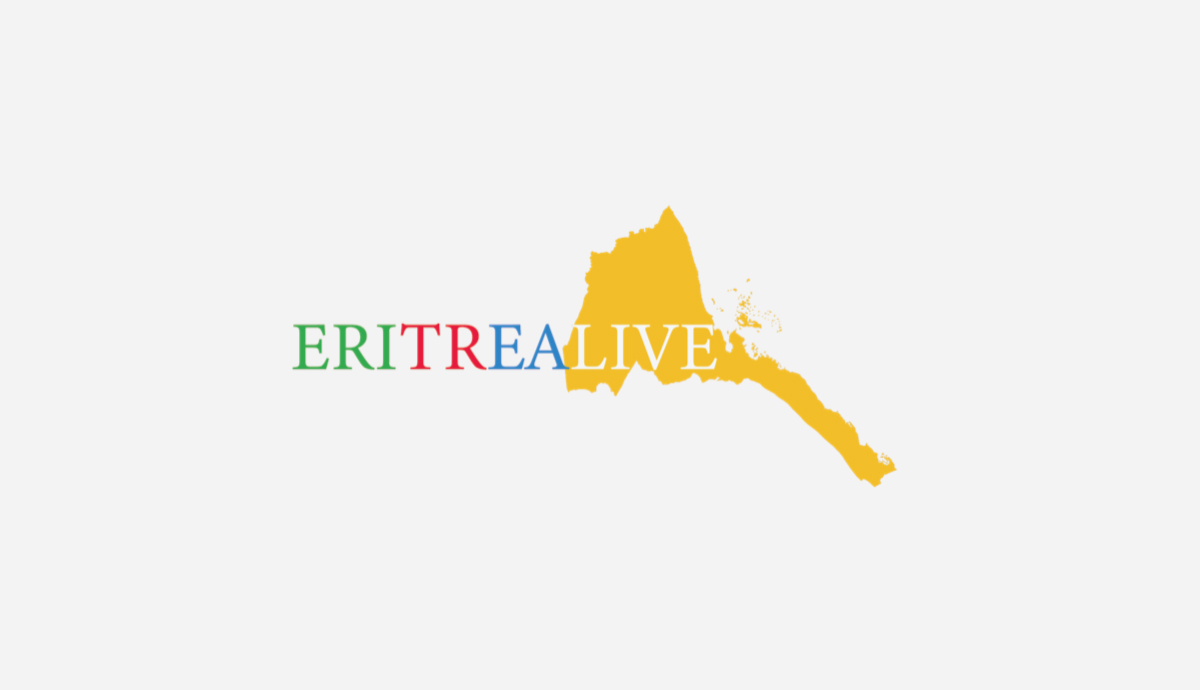
HUMAN TRAFFICKING: THE SECURITY COUNCIL OF THE UN SANCTIONS SIX TRAFFICANTS, four Libyans, an Ethiopian, an Eritrean head of the network
The United Nations Security Council five years after the sinking of Lampedusa, in which 366 people died, most of them Eritrean, sanctioned six men accused of trafficking in men.
In recent days, a blacklist was presented to the UN, from the Netherlands, which should have preceded the sanctions. France, England and the United States supported the Netherlands in carrying out the investigations. The objective of the sanctions is the freezing of assets abroad of smugglers and traffickers, also blocking their freedom of travel.
According to news released last month by international agencies, Reuters and Afp, many of these traffickers would have opened current accounts in the Gulf countries, especially Dubai.
At first the request for sanctions was blocked by Russia which, as reported by the agencies, wanted “more information to evaluate the proposal and its effectiveness in case of approval”. Russia also asked to verify the reliability of the sources used.
On Thursday 7 June, Moscow also voted in favour.
In the weeks between the first and second voting, Dutch prosecutors have reported that the individuals in question act with impunity, flaunting and using their wealth.
“These are young people in their thirties, who spend money all over the world on business, personal militias, real estate and luxury goods. They feel untouchable”, said a Dutch public prosecutor.
The restrictive measures, imposed for the first time directly by the United Nations, are also the result of the horror witnessed by the CNN service (14 November 2017). A video showing the auction of migrants made slaves in Libya.
Sanctions, according to the Dutch prosecutor’s office, will put an end to the circulation of dirty money and corruption in Libya and other countries involved in the traffic.
The six traffickers in the released blacklist are an Eritrean, an Ethiopian and four Libyans.
The Ethiopian is Ermias Ghermai. According to the magistrates of Palermo of the investigation “Glauco”, the first Italian maxi trial against the trafficking of men, he would be responsible for the Lampedusa shipwreck of 3 October 2013.
Medhanie Yedhago Mered, an Eritrean, a fugitive, has allegedly been part of his organization since a precautionary custody order was issued in 2015.
Medhanie Tesfamariam Berhe, who, according to the investigators, would be another name for Medhanie Yedhego Mered, is in the Italian jerseys. On this hypothesis, however, there is the suspicion that an exchange of person occurred and that the wrong man may be in prison in Palermo.
Ghermai, according to investigators, ran a network of traffickers and smugglers between Zuwara, Libya, and Sicily. He gave “customers” his brother Asghedom’s Italian cell phone number, who also ended up in the investigation “Glauco”. Among his tasks, with the help of others, was the organization of trips from Sicily to the countries of northern Europe.
On the contrary Fitiwi Abdelrazek, accused in the investigation of Palermo is Eritrean. He, too, was part of the network of Ghermai, with the role of dealing with travel, especially within Libya.
Four Lybian traffickers were also part of the network
The commander of the Zawiya Coast Guard is 29-year old Abd-Al Rahman Al-Milad. The Zawiya Coast Guard, among other things, is trained and helped by the European Union, as part of the Sophia operation. UN reports indicate Abd-Al Rahman Al-Milad as belonging to the same clan of Mohammed Kachlaf, of which he is lieutenant.
Mohammed Kachlaf, a very powerful man, a multimillion-dollar Libyan accused of selling women from sub-Saharan Africa and Morocco as sex slaves. He also managed a prison for migrants and heads a private militia.
Then Ahmed Al Dabbashi, commander of the Libyan militia Anas al Dabbashi, accused of links with terrorist groups, especially ISIS. The UN documents show that, with his militia, he controls the departure areas of migrants, warehouses and boats.
Finally Mus’ab Abu Qarin, 35, is accused of being in charge of traffic that has managed more than 45 thousand people since 2015.
His nickname is “the doctor” and he is active in the migrant traffic in the Sabrata area. He is accused of having organized the journey of the boat of migrants from Libya to Italy, which shipwrecked on April 18, 2015, with an unknown number of victims, in addition to the 58 confirmed deaths. The boat could in fact contain up to 800 people.
Libya in recent years is at the center of the trafficking of human beings because, after the end of the Gaddafi regime, in 2011, the country has become increasingly unstable, governed, de facto, by different clans. An ideal place to hide, harass and make the most of migrants waiting for boarding to Italy.
A deal that even the Mafia has not let escape. General Giuseppe Morabito explains that in the Sicilian ports where the ships of the NGOs that save migrants at sea dock, the logistics is in the hands of the Mafia.
Companies that smell the mafia are the ones that supply NGO ships with water, food, petrol, cleaning them and “sanitizing” them before leaving for new rescues.
Migrants embarking in Libya arrive from different countries for different reasons. At the moment the landings, compared to the previous years, have been reduced by 80 percent, according to the Viminale. This means that from Libya are leaving those who already there, while arrivals from Africa are decreasing.
For the migration from Eritrea, however, other considerations are needed.
In 2012, the Obama administration encouraged the exit of young Eritreans from the country, providing support to the organizations that would take charge of it. From that moment onwards, it became easier for Eritreans to get asylum in Europe.
For this reason many African migrants declare to be Eritreans on arrival. The Ethiopians of Tigray, a region bordering Eritrea, become Eritreans. It is easy for them, they speak the same language and are somatically the same. However, given the privileged route reserved for Eritreans, Somali and Sudanese migrants also declare to be Eritreans. For this reason the number of “Eritrean” asylum seekers is swelling more and more.
The West furthemore decides to ignore that Eritreans who emigrate, as also reported by a Western diplomatic source within the country, are economic migrants in the 99.9 per cent of cases.
But why do young Eritreans leave their country to look for a better future? They abandon the uncertainty caused by the Ethiopian occupation of part of the Eritrean territories, a consequence of the conflict between the two countries (1998-2000).
But today, this stalemate is positively unfolding.
The recent visit last April, in Asmara and Addis Abeba, of the Deputy Secretary of State, Donald Yamamoto, would lead Ethiopia to abandon the Eritrean territories, which are still occupied.
A decision that, by implementing what was established by the international commission in 2002 that defined them Eritrean territories, would bring stability, peace and development in both countries.
Moreover, compared to the past US administration which, in fact, has allowed the smugglers and traffickers to manage the migration from Africa, the administration of Donald Trump is working with great determination to stop this situation.
Starting from the very fight against the network that supports this traffic. A supply chain, in which each pawn has a task. There is someone who takes care of the passage of migrants to the border, someone who picks them up in the refugee camps, who takes them to the desert and then delivers them to those, who in turn park them in waiting facilities. Houses more like cells, when not real prisons. Places of horror told by many survivors on their arrival in Italy.
Ten months after the Lampedusa disaster, the president of Eritrea, Isaias Afwerki, wrote a letter to Ban ki Moon,, then secretary general of the United Nations, to denounce the trafficking involving so many young Eritreans and to ask for an investigation.
The paradox is that just as Eritrea demands to shed light on the smuggling of migrants, it is accused of encouraging it.
Meanwhile, sea arrivals continue. From 2012 to 2015 the highest peaks are recorded in Italian ports.
Those who make it land in Italy, ready to continue the journey, bypassing the Treaty of Dublin, to the chosen destinations, almost always in northern Europe. Eritrean migrants, for example, do not stop in Italy, a transit country that they consider poor for welfare and job opportunities.
However, emigrating should no longer mean dying. That is why blacklists and Security Council sanctions issued this month are important weapons, a decisive step to dismantle the criminal business, guilty of having already done too many victims.
Marilena Dolce
@EritreaLive
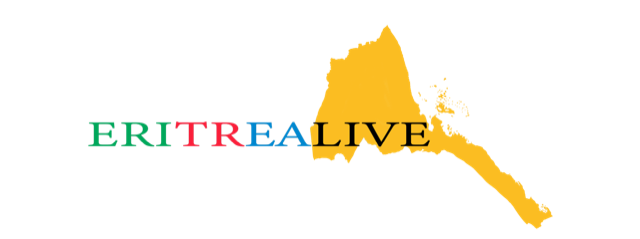
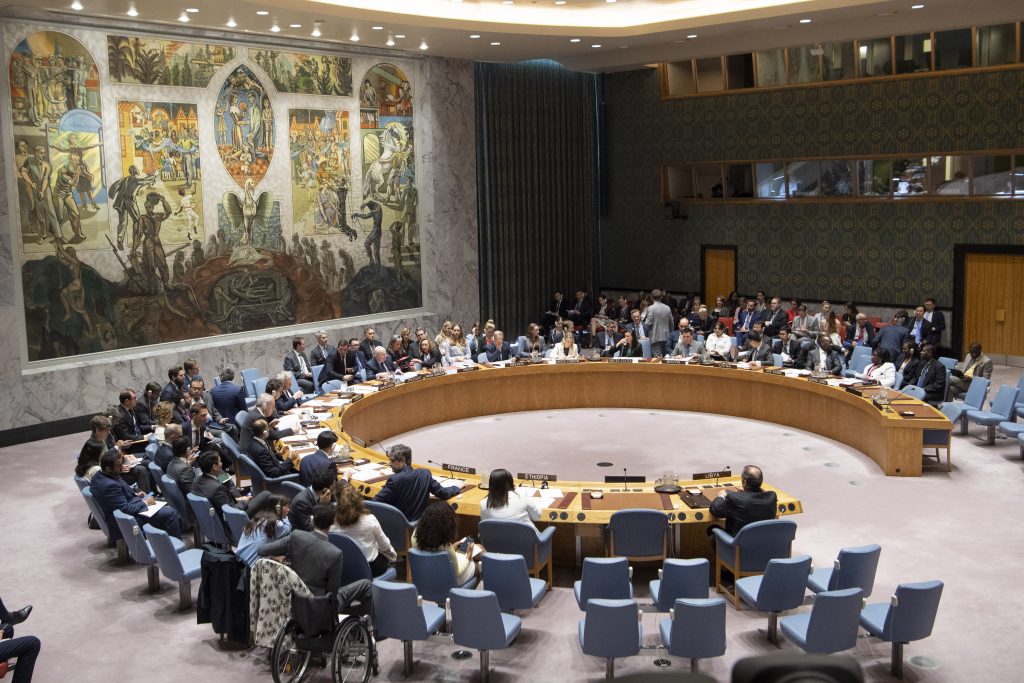
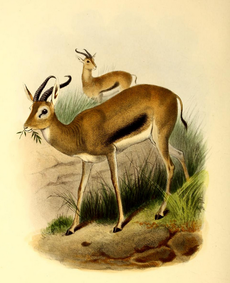

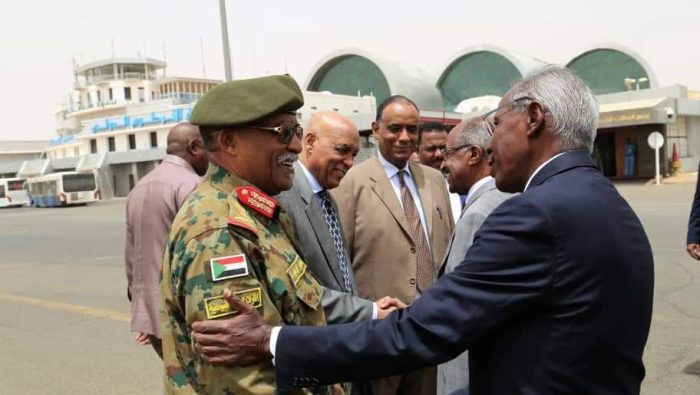
Lascia un commento